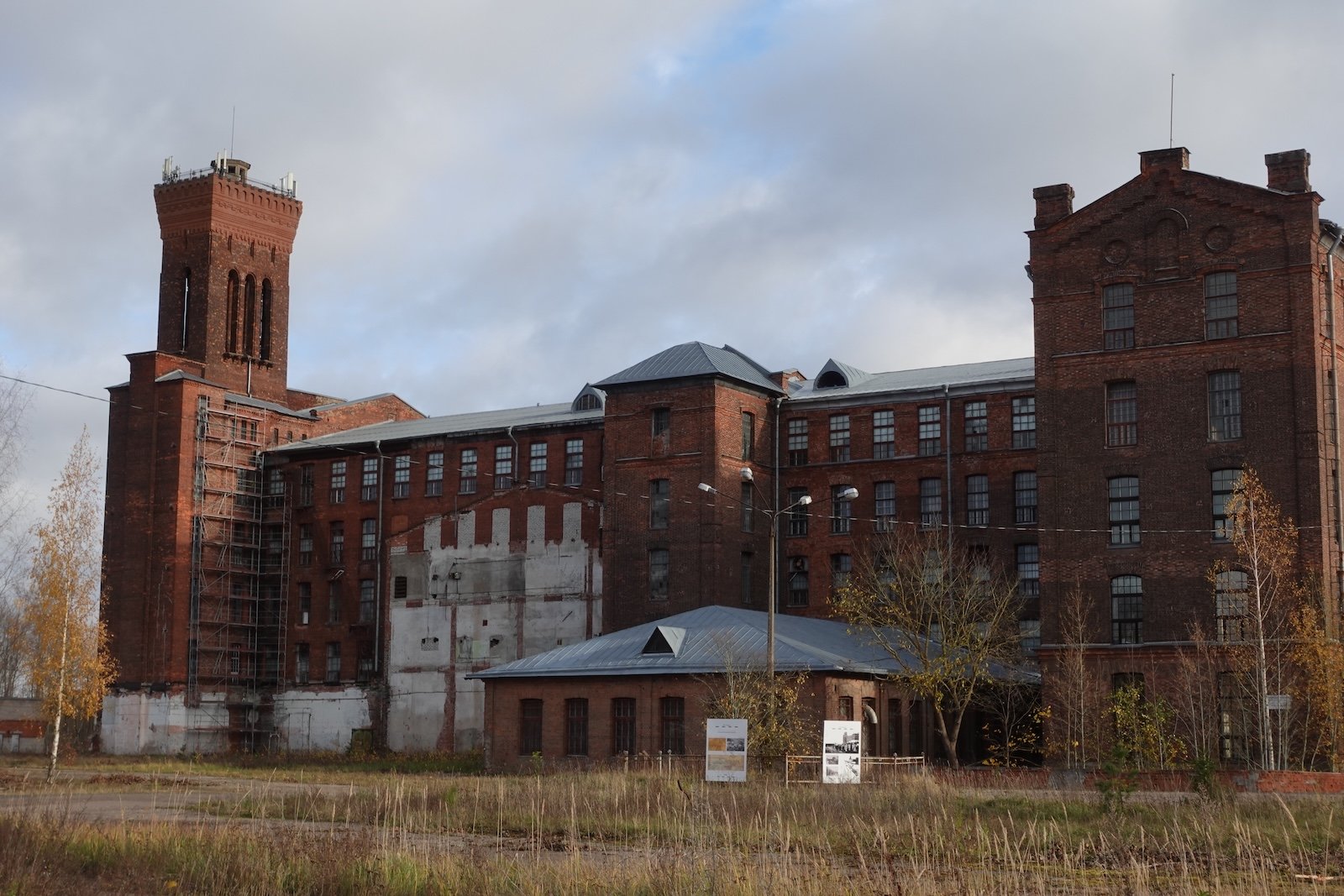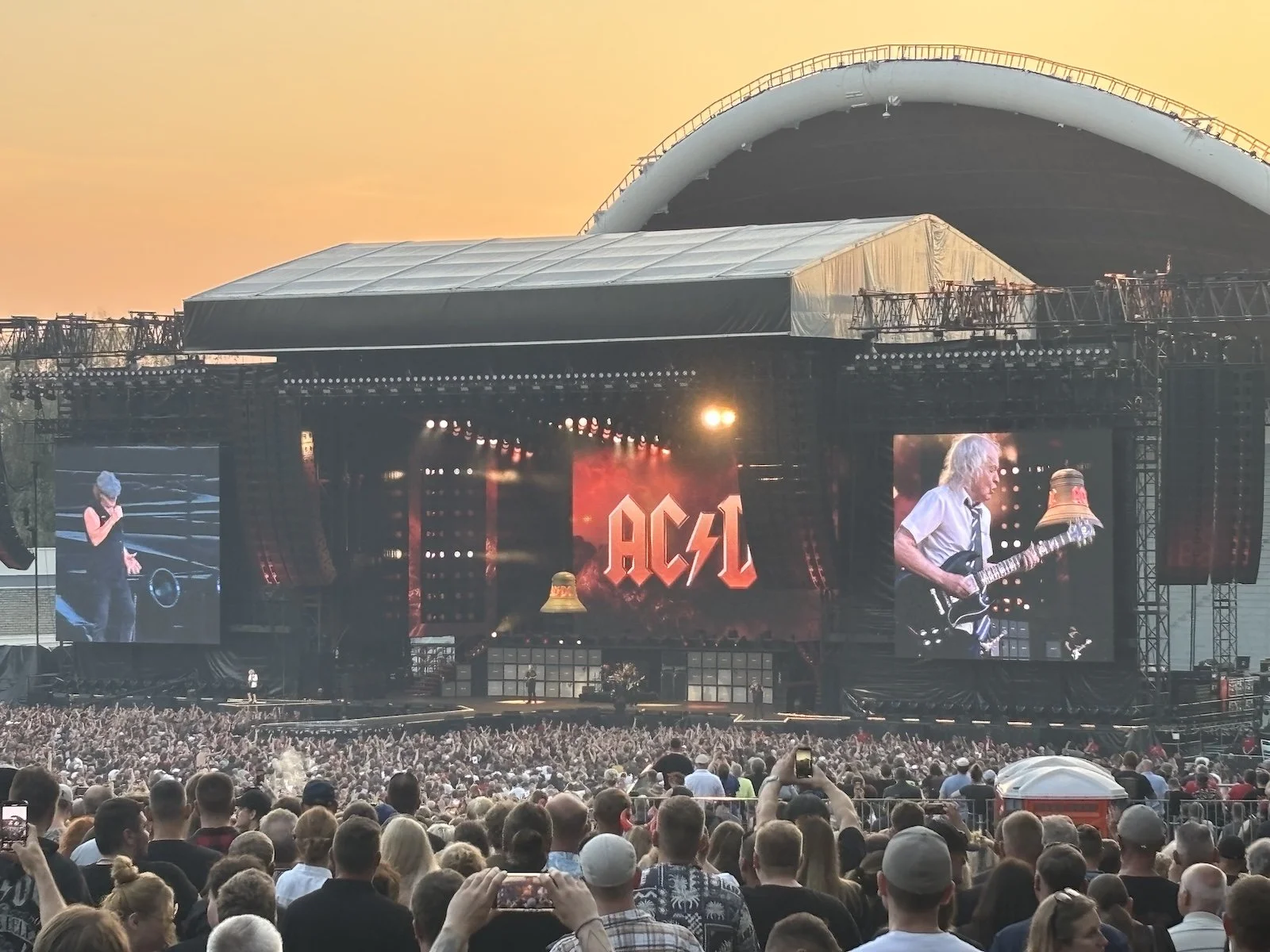Seeing the decaying yet fascinating, Kreenholm factory at the very edge of Europe
All images by and © Hiatus.Design
After hearing about a ghostly relic from the last century, we decided to travel to the furthest reaches of Europe to visit a decaying but fascinating former factory.
Kreenholm, located on an island in the Narva River in northeastern Estonia, was once home to one of the largest textile factories in Europe.
Founded in 1857 by Ludwig Knoop, a German merchant, the Kreenholm Manufacturing Company capitalised on the island’s location, using the Narva River’s rapids to power its sprawling industrial complex. This location allowed for a highly efficient, self-sustaining operation that drew on local resources, including cheap labour, waterpower, and proximity to Russia. Over the next century, the factory complex expanded to include more than 40 buildings, housing thousands of employees in what was then the largest employer in the region.
At its peak in the late 19th and early 20th centuries, Kreenholm produced massive amounts of cotton and textiles, exporting products globally. The factory workers, mainly women, lived in nearby housing blocks, and the community featured amenities like schools, shops, and even a hospital, creating a self-contained industrial town.
However, the labour conditions were harsh, leading to several labour strikes and protests over wages, work hours, and safety conditions. Despite these struggles, Kreenholm became a key part of Estonia’s industrial heritage.
The factory continued to operate through various political regimes, including the Russian Empire, Soviet Union, and finally, independent Estonia. Following the collapse of the Soviet Union, Kreenholm struggled to compete in the global market. By 2010, operations had ceased, and the site was abandoned.
Today, Kreenholm stands as a fascinating but decaying industrial relic, symbolising both Estonia’s rich industrial history and the challenges faced by large-scale manufacturing in a globalised economy.
Recently, Kreenholm has seen renewed interest as a cultural site. Artists and cultural organisations have started using the complex for exhibitions, concerts, and other events, making it an evolving symbol of heritage and renewal. Plans are underway to redevelop parts of the site, integrating art, culture, and tourism to give new life to this historic industrial icon while preserving its architectural legacy.
You might also like:


















